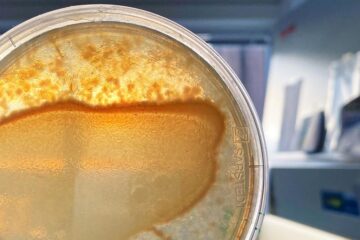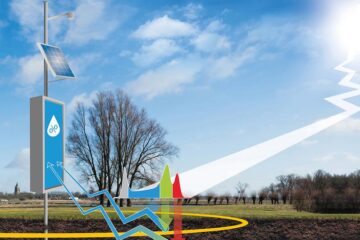Latest Findings On PCBs to Be Subject of June Workshop at Illinois

Some 200 scientists from around the world will gather June 13-15 at the University of Illinois at Urbana-Champaign to discuss their latest findings on the health effects of exposure to PCBs (polychlorinated biphenyls) – long-lasting chemicals manufactured and widely used before being banned or restricted since the late 1970s.
The talks at the International PCB Workshop will be reviews that highlight new findings and suggest new ways to look at existing information, said co-organizer Larry G. Hansen, a professor of veterinary biosciences in the College of Veterinary Medicine. The National Institute of Environmental Health Sciences and U.S. Environmental Protection Agency are sponsoring the event as part of their Superfund Basic Research Program.
The afternoon session June 13 will feature nine talks focusing on the human health consequences of similar environmental exposures to PCB-contaminated soils near former production plants in Anniston, Ala., and in eastern Slovakia.
PCBs were used extensively, beginning in the 1930s, in many industrial compounds that found their way into caulking materials, inks, paints, coolants, electrical transformers and capacitors. PCBs today are found in soils near former production plants, in the food chain and in discarded electrical equipment at disposal sites.
The PCB Workshop will be held at the Hawthorn Suites Conference Center, 101 Trade Centre Drive, Champaign.
The workshop is designed to allow researchers from various scientific fields to integrate their knowledge and experience. The co-organizers are Hansen, Larry W. Robertson of the University of Iowa and Bernhard Hennig of the University of Kentucky.
Media Contact
Alle Nachrichten aus der Kategorie: Veranstaltungsnachrichten
Neueste Beiträge

Das Mikrobiom verändert sich dynamisch und begünstigt wichtige Funktionen für den Wirt
Ein interdisziplinäres Forschungsteam des Kieler SFB 1182 untersucht am Beispiel von Fadenwürmern, welche Prozesse die Zusammensetzung des Mikrobioms in Wirtslebewesen steuern. Alle vielzelligen Lebewesen – von den einfachsten tierischen und…

Wasser im Boden – genaue Daten für Landwirtschaft und Klimaforschung
Die PTB präsentiert auf der Woche der Umwelt, wie sich die Bodenfeuchte mithilfe von Neutronenstrahlung messen lässt. Die Bodenfeuchte hat nicht nur Auswirkungen auf die Landwirtschaft, sondern ist als Teil…

Bioreaktor- und Kryotechnologien für bessere Wirkstofftests mit humanen Zellkulturen
Medizinische Wirkstoffforschung… Viele Neuentwicklungen von medizinischen Wirkstoffen scheitern, weil trotz erfolgreicher Labortests mit Zellkulturen starke Nebenwirkungen bei Probanden auftreten. Dies kann passieren, wenn zum Beispiel die verwendeten Zellen aus tierischem…





















